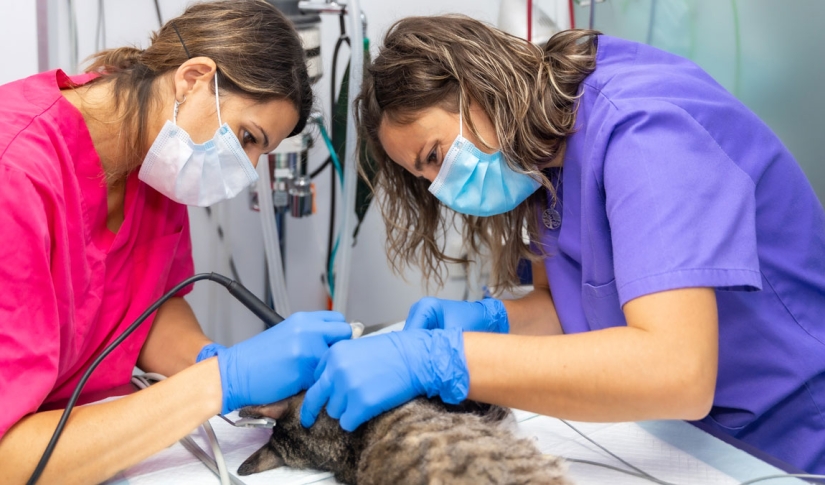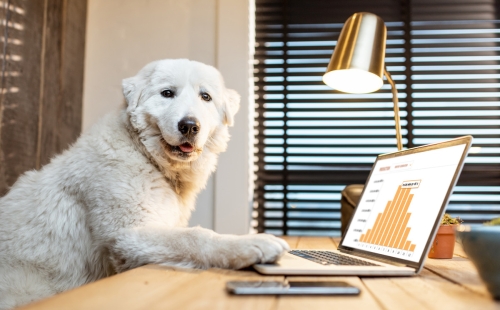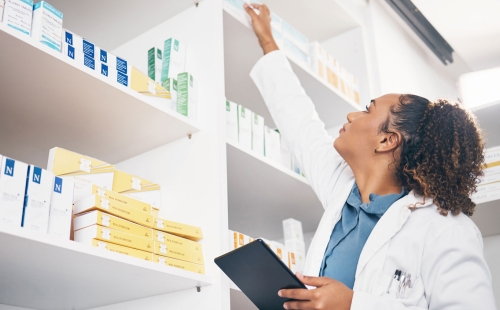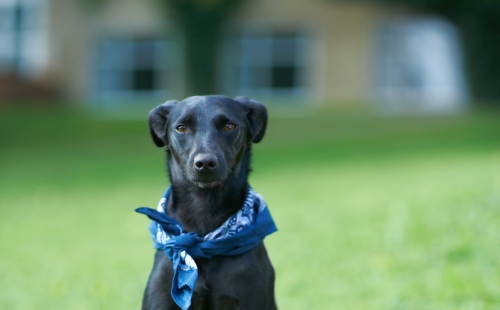Veterinary Emergency Preparedness: Creating a Plan

Like any other business, a veterinary practice must prepare for potential emergencies to ensure the safety of team members, clients, and pets visiting the clinic. Veterinary emergency preparedness planning should address all possibilities, including natural disasters, power outages, and security threats.
A well-developed and clearly communicated emergency response can ensure the plan can be rapidly and efficiently deployed when needed, and everyone stays safe. Use the steps outlined in this guide to develop an efficient emergency response plan that ensures team members act swiftly and reduce chaos during a crisis.
1. Assess risk
Veterinary emergency preparedness starts with identifying the emergencies most likely to impact your business, based on clientele, size, setup, and location. Your location in the country determines whether you are most at risk for storms, floods, and extreme weather, but gun violence, fire, robbery, and other ubiquitous threats can impact any practice. Prioritize the risks most likely to affect your team and work through the list to develop action plans.
2. Establish roles and responsibilities
Assigning roles and responsibilities can ensure everyone knows what to do in an emergency. However, not every team member works every shift, so you’ll need to build flexibility into this system. Consider establishing roles based on position, department, or physical relation to the threat. Think of your emergency response as running a CPR code, ensuring everyone understands what to expect.
3. Develop evacuation and lockdown protocols
In a natural disaster or fire, you must perform evacuation procedures efficiently and calmly. Create diagrams that clearly show evacuation routes and exits and post them in exam rooms where clients can see them. Establish where everyone will meet outside, like a parking area.
In some cases, such as a security threat, a shelter-in-place or lockdown protocol may be necessary, and you should determine where everyone will go during such an event. Consider asking authorities to teach team members how to respond to acts of violence.
4. Incorporate a communication plan
Communication breakdowns during emergencies can cause confusion, delays, and poor outcomes. Determine how teams will communicate internally and with clients in the hospital or whose pets are visiting that day. Also, nominate who will contact emergency services, so help arrives quickly. Consider setting up an emergency text alert system or installing panic buttons in strategic hospital areas.
5. Consider backup power sources
Any event that causes a power outage can put pets' lives at risk, especially during a complex surgical procedure. A backup generator that can power lights, IV pumps, monitoring equipment, and building essentials like air conditioning and sump pumps ensures you can continue caring for patients safely.
6. Practice, practice, practice
The best-laid veterinary emergency preparedness plans are useless if the team can’t remember them or, worse, never learned them. Ensure you teach incoming team members the emergency protocols and reinforce them with the entire team once or twice a year. Perform frequent drills that simulate various emergencies to identify and address potential hiccups.
7. Coordinate with emergency services
Local emergency services, including fire, police, and EMS, can help you develop and refine your veterinary emergency preparedness plans and ensure your building is up to code. If your facility is large, coordination with local authorities can ensure they know what to expect, how to navigate your building, and where to go when they arrive.
Veterinary emergency preparedness requires a clear and comprehensive plan, so teams can respond efficiently and keep everyone safe. Veterinary hospitals must consider not only the team’s safety but also that of clients and pets. Communicate every detail of the plan to the entire team, practice response drills frequently, and evaluate protocols regularly, so your team feels prepared, confident, and ready for anything that comes their way.




